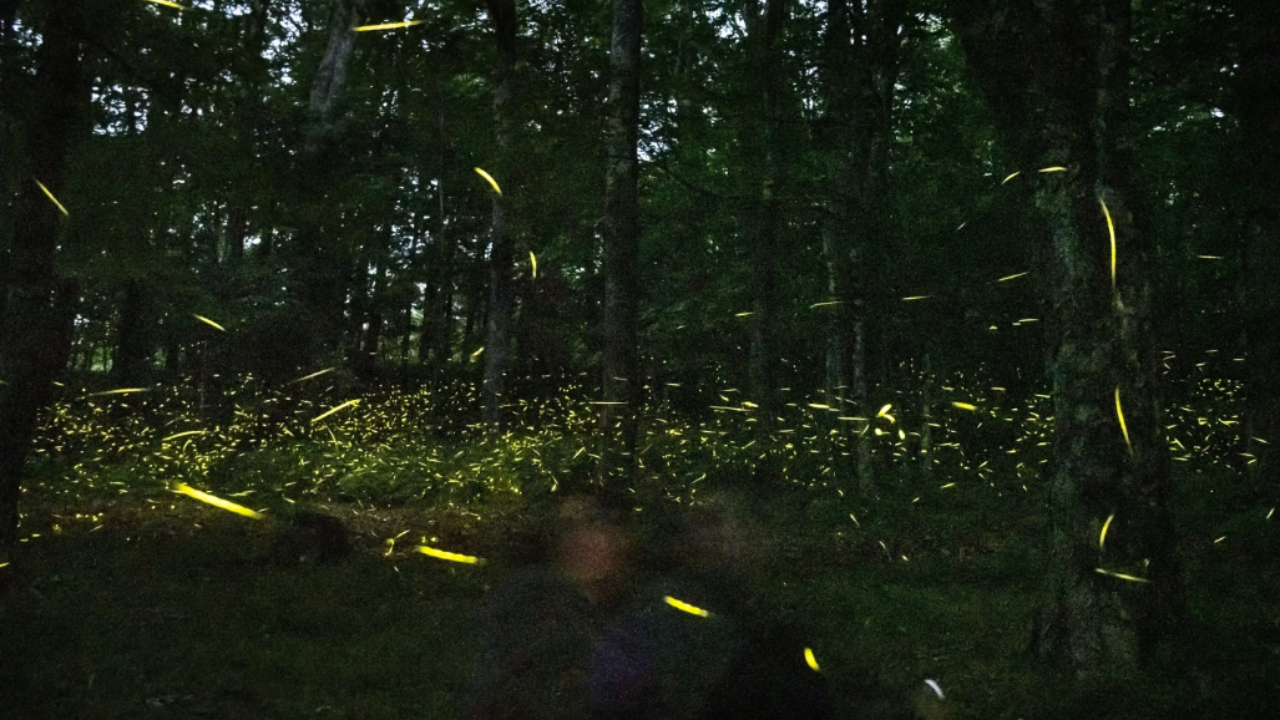
©(Allison Lee Isley/The Winston-Salem Journal via AP, File)
Vocabulary:
I will read the words, meanings, and sample sentences. Then, repeat after me.
- mate /meyt/
- jeopardize /JEP-er-dahyz/
- obscure /uhb-SKYOOR/
- resurgence /ri-SUR-juhns/
- stewardship /STOO-erd-ship/
[noun] – a partner, especially for reproduction
Many birds sing in spring to attract mates in their natural habitat.
[verb] – to put something in danger or at risk
Poor safety practices can jeopardize the health of factory workers.
[verb] – to make something difficult to see, hear, or understand
Heavy fog can obscure road signs, making driving more dangerous.
[noun] – the return or increase of something after a period of little or no activity
The resurgence of street markets in the city has brought more visitors to local neighborhoods.
[noun] – the careful management or protection of something valuable
Good forest stewardship is important for preventing wildfires.
Article reading:
Please read the whole article. Then, I will check your pronunciation and intonation.
A noticeable increase in firefly activity has been observed during summer evenings in the northeastern United States, bringing bright and colorful displays to both city areas and residential communities. Reports show that a particularly wet spring created favorable conditions for the insects to mature, especially in locations such as New York City’s Central Park and Prospect Park. Although no official data exists, experts believe the increased sightings are linked to recent weather patterns. Fireflies, also known as lightning bugs, use light flashes to communicate and attract mates. With over 2,000 species worldwide, their seasonal appearance is often seen as a symbolic part of summer. However, despite the vibrant displays, scientists warn that many firefly populations are still in decline due to environmental threats.
According to the New York Natural Heritage Program, habitat destruction, pesticide application, and excessive artificial lighting continue to jeopardize firefly populations. In metropolitan areas, strong illumination from signs and vehicles can obscure the insects’ natural glow, disrupting their ability to reproduce. Entomologist Jessica Ware from the American Museum of Natural History noted that while the current resurgence is encouraging, it should not overshadow the long-term threats these creatures face. Ware emphasized the need for proactive changes, such as reducing pesticide use and limiting nighttime lighting, to support firefly conservation. The situation underscores the importance of ecological stewardship, sustainable practices, and public awareness in preserving this bioluminescent species. The resurgence of fireflies serves as both a captivating phenomenon and a critical reminder of ongoing biodiversity challenges.
According to the New York Natural Heritage Program, habitat destruction, pesticide application, and excessive artificial lighting continue to jeopardize firefly populations. In metropolitan areas, strong illumination from signs and vehicles can obscure the insects’ natural glow, disrupting their ability to reproduce. Entomologist Jessica Ware from the American Museum of Natural History noted that while the current resurgence is encouraging, it should not overshadow the long-term threats these creatures face. Ware emphasized the need for proactive changes, such as reducing pesticide use and limiting nighttime lighting, to support firefly conservation. The situation underscores the importance of ecological stewardship, sustainable practices, and public awareness in preserving this bioluminescent species. The resurgence of fireflies serves as both a captivating phenomenon and a critical reminder of ongoing biodiversity challenges.
Discussion Questions:
I will read each question. Then, please answer them.
- Have you ever seen fireflies at night? If so, where did you see them, and how did you feel? If not, would you like to see them in the future? Why or why not?
- Have you visited a park or place where you could see insects or animals in nature? If yes, what animals or insects did you see? If not, what kind of animals or insects would you like to see in nature?
- Do you agree that people should use fewer lights at night to help fireflies?
- What are some ways people can protect fireflies in cities?
- How can schools or communities teach people to care more about insect conservation?
Summarization
Please summarize the whole article using your own words and expressions. You will have one minute to prepare before you answer.
Describe:
Please explain the definition of each word listed below based on your understanding. You can provide example sentences if needed.
- summer
- community
- weather pattern
- species
- population